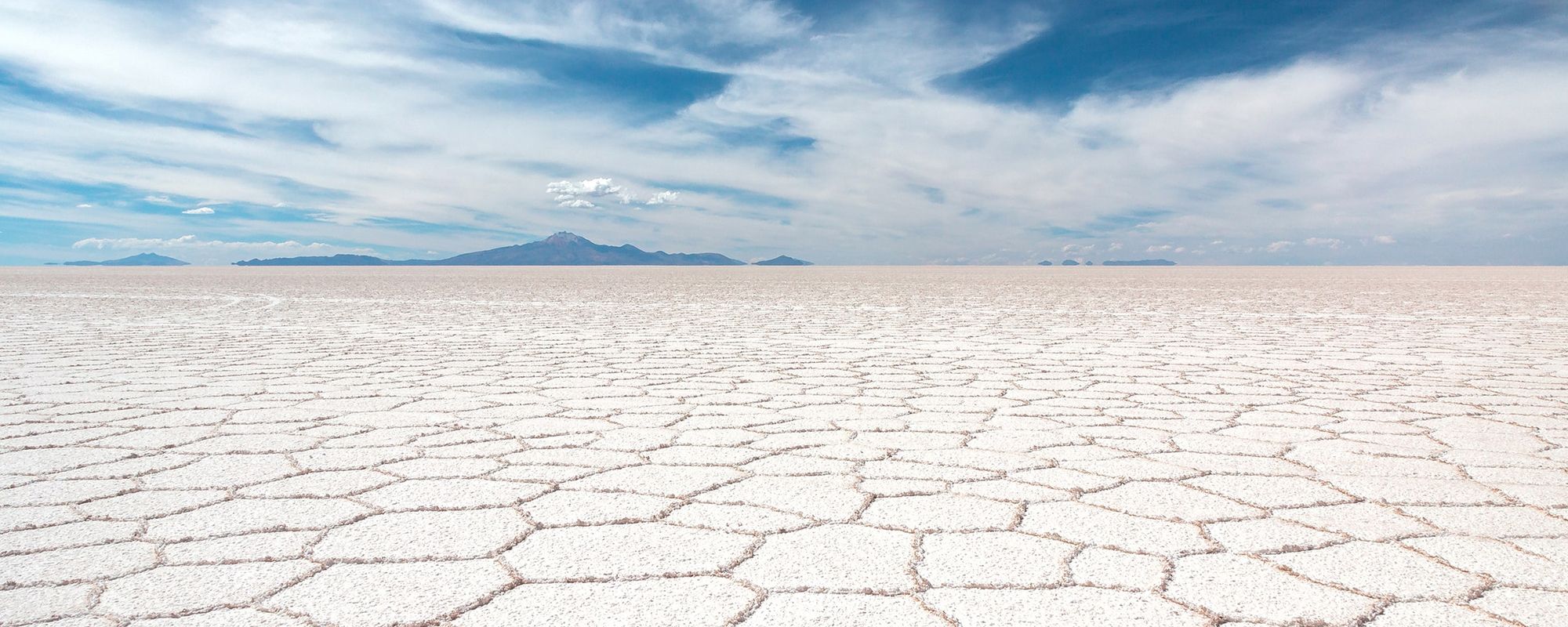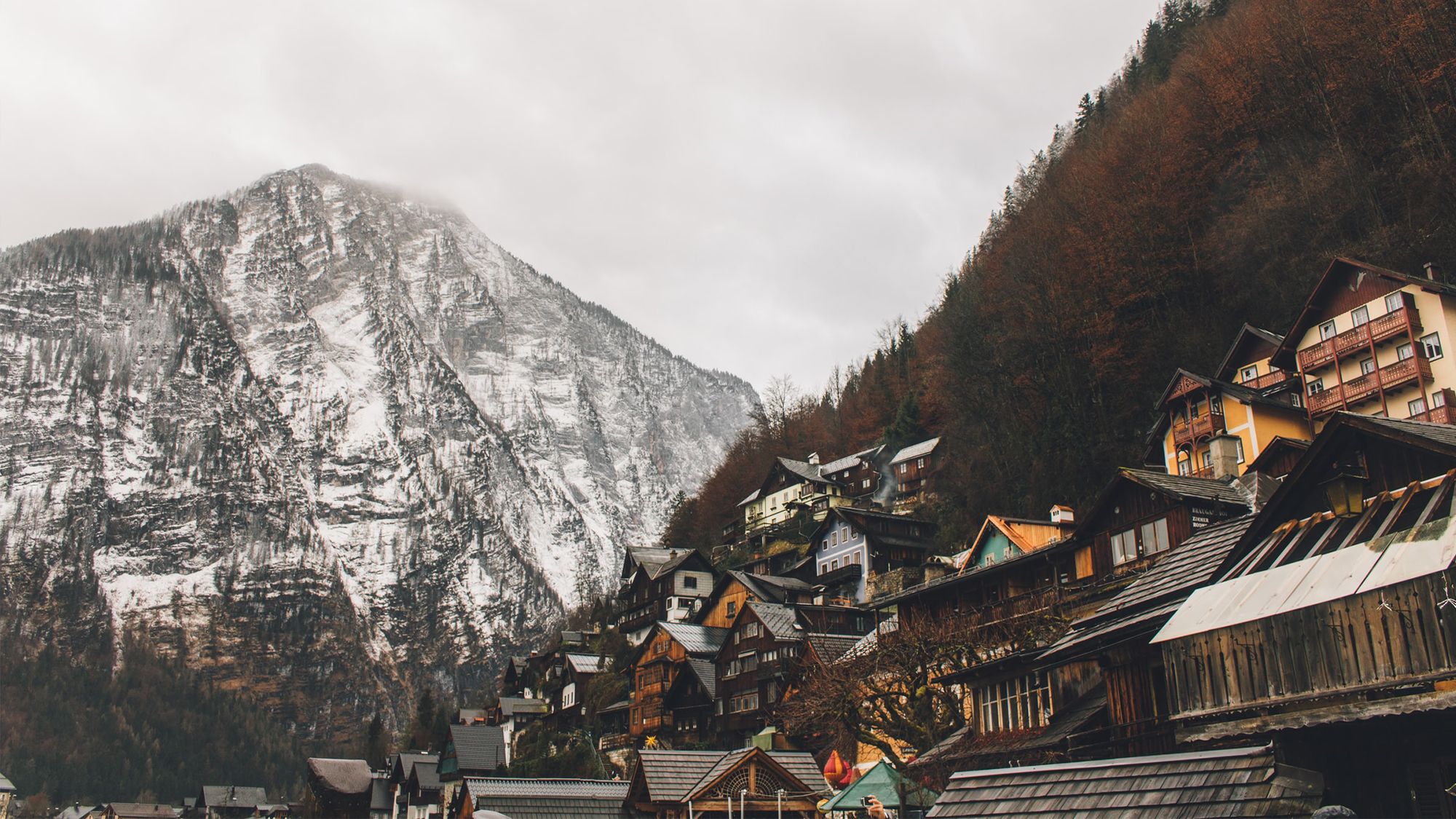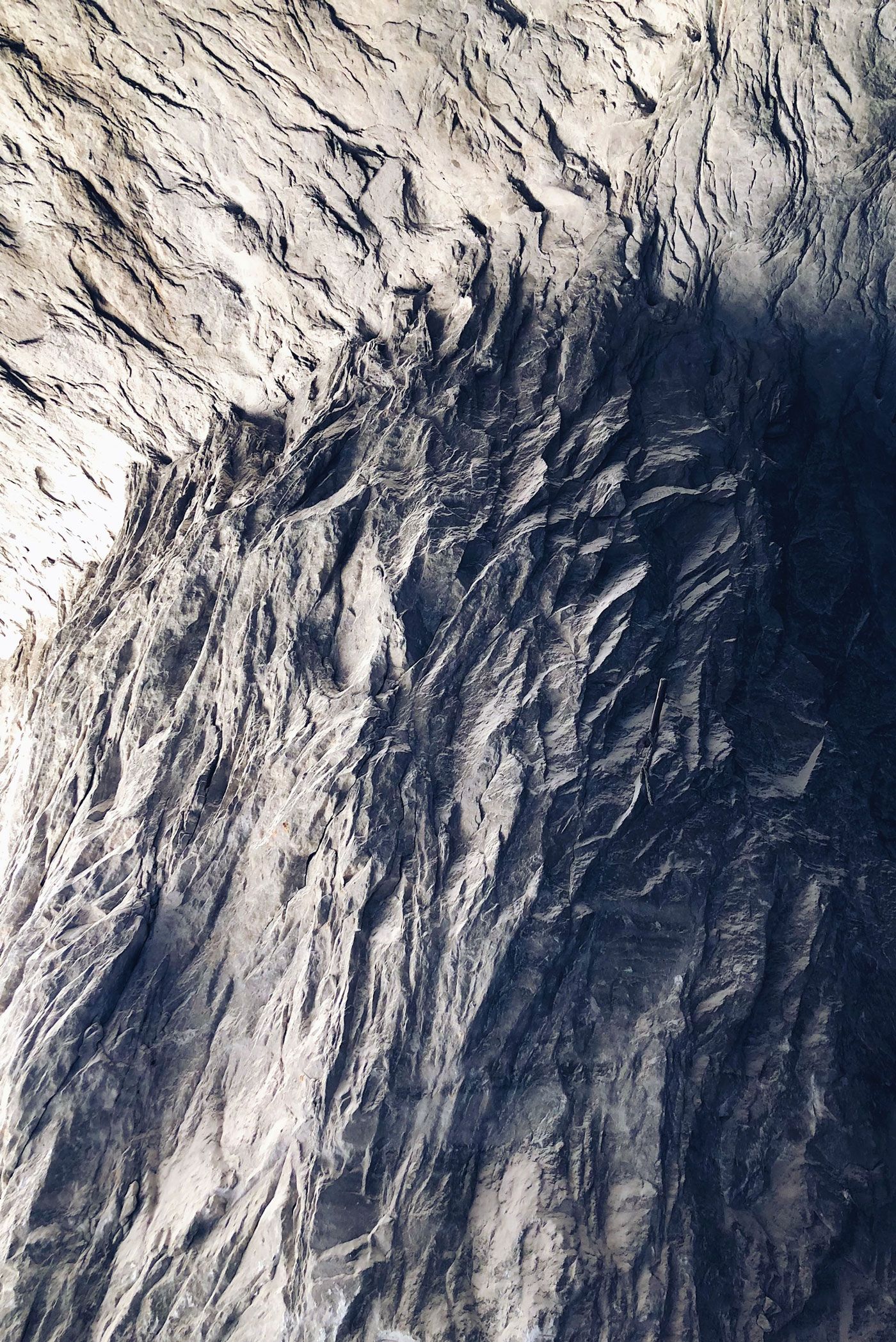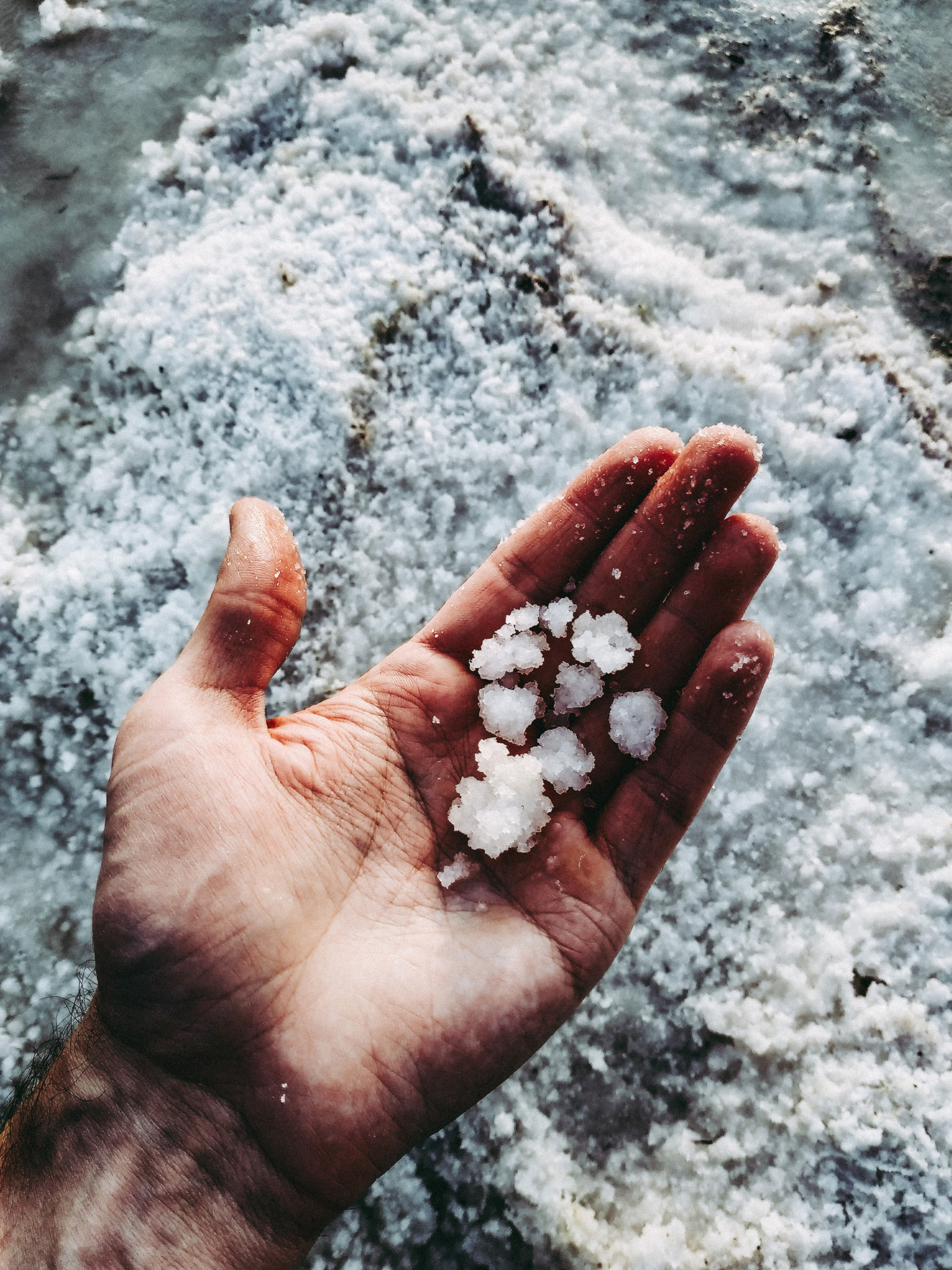
Early civilizations such as the Egyptians, Sumerians, and Babylonians already understood this. Salt was considered a gift from the gods. People extracted it from seawater or from deposits in salt deserts. This work was laborious and made the raw material a precious commodity.
Salt was so valuable that the Romans even paid their soldiers with it. Their legionaries received an allocation of salt as part of their pay. After the Latin word for salt „sal“, this payment was called „salarium“. This later became „salary“ as the officer’s pay. The expression is still used today as a word for salary. The Romans transported sea salt to other regions of their empire via the Via Salaria, the Salt Road.
The oldest mine in the world

The Celts also appreciated the positive properties of salt and developed their own methods of extracting it several centuries before Christ. In Hallstatt, the oldest known mine in the world, it was Celtic miners who extracted the substance from the rock. They excavated in the rock, drove shafts up to 300 meters deep into the earth with the simplest technical equipment, and brought the material to light. In this way, the small town in the Alps, which today belongs to Austria, became the origin of the early salt trade for several centuries. From Hallstatt, the „white gold“ was exported to what is now Germany, Italy, and the Balkans.
Elsewhere, the Celts found new ways of extracting salt. In Bad Nauheim and Schwäbisch Hall, they used natural saline water springs. They collected the saline water, the brine, in tubs and evaporated this liquid in thick jugs on a hearth. The endeavor was laborious, each jug yielded only a handful of salt, people put even more jugs on even more fires, ramping up production.
The treasure in the rock

In the Middle Ages, too, salt was largely produced by boiling brine. In contrast to earlier times, however, people were no longer dependent on natural sources. They had learned to produce the brine themselves. For this purpose, they excavated cavities in saline rock and fed water into them.
The resulting brine was boiled for days in the salt works. The saline water was heated in so-called „pans“ until only solid salt remained. The boiling fires burned day and night to produce even more of it.
Despite the large-scale production, salt remained an expensive commodity throughout the Middle Ages. Entire trade routes, so-called salt roads, were created along which salt was transported from one town to the next. Especially the nobility and the monasteries profited from this profitable business through customs duties and taxes. Towns and merchants gained wealth from salt. Where there was salt, the economy prospered, but there were also negotiations, disputes, and fights.
From Lüneburg to the Baltic States

One of the most important salt cities in the Middle Ages was Lüneburg. Each year, the medieval city produced more than 20,000 tonnes of salt in its salt pans. The Hanseatic League was responsible for the international trade in Lüneburg salt: traders shipped the goods via nearby Lübeck, supplying the entire Baltic region. Even into the 18th century, more than half of Lüneburg’s salt was transshipped via Lübeck. It reached Scandinavia and the Baltic States on large barges.
When high-tech meets nature

It was not until industrialization in the 19th and 20th centuries that the former luxury commodity became an affordable everyday product. New scientific methods enabled previously unknown salt deposits to be discovered. Salt extraction processes are now also highly modern. Today, salt can be mined in large volumes using advanced technology.
Our salt products soften water and protect the environment. They ensure that your washing machine needs less detergent with fewer toxins in the wastewater. In this way, „white gold“ helps us conserve our resources today. Responsible interaction with nature is very important to us.

